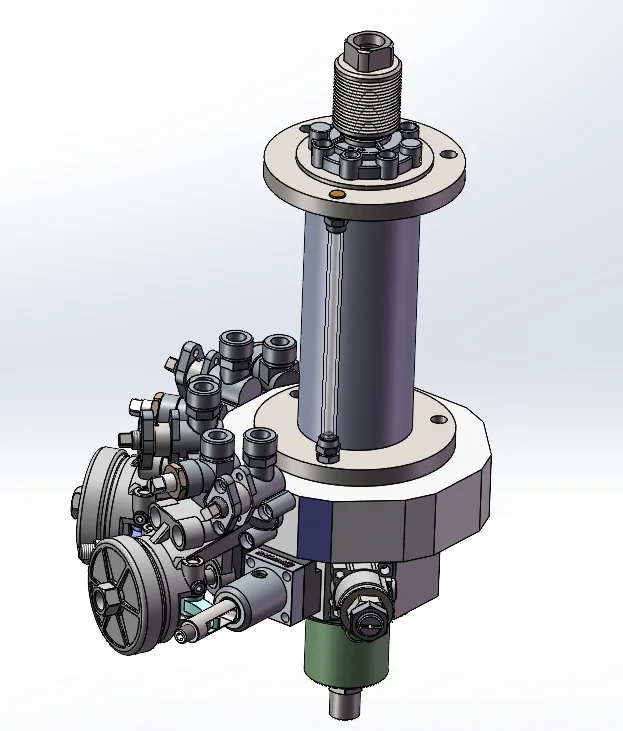When it comes to maintaining a comfortable indoor environment, the choice of blower in residential HVAC (Heating, Ventilation, and Air Conditioning) systems plays a pivotal role. Understanding the various types of blowers available and their specific applications can significantly enhance the efficiency and effectiveness of your home’s heating and cooling systems. In this article, we will delve into the most commonly used blowers in residential systems, exploring their features, benefits, and ideal applications.
Understanding Blower Types
Blowers are essential components of HVAC systems, responsible for circulating air throughout your home. The two primary types of blowers used in residential systems are centrifugal blowers and axial blowers. Each type has unique characteristics that make them suitable for different applications.
- Centrifugal Blowers
Centrifugal blowers, also known as radial blowers, utilize a rotating impeller to increase the velocity of air. This type of blower is characterized by its ability to generate high pressure, making it ideal for applications requiring significant airflow resistance, such as ducted heating and cooling systems.
Key Features:
- High Static Pressure: Centrifugal blowers can overcome resistance in ductwork, ensuring consistent airflow throughout the system.
- Versatility: They can be used in various applications, including furnaces, air conditioning units, and ventilation systems.
- Noise Levels: Generally, centrifugal blowers operate more quietly than axial blowers, making them suitable for residential environments where noise reduction is a priority.
Ideal Applications:
Centrifugal blowers are commonly found in forced-air heating systems, central air conditioning units, and whole-house ventilation systems. Their ability to maintain airflow against high resistance makes them a popular choice for homes with extensive ductwork.
- Axial Blowers
Axial blowers, on the other hand, move air parallel to the axis of the fan. They are designed for applications where high airflow is required but with lower pressure. This type of blower is typically more compact and lightweight, making it easier to install in tight spaces.
Key Features:
- High Airflow Capacity: Axial blowers excel in applications where large volumes of air need to be moved quickly.
- Energy Efficiency: They often consume less energy compared to centrifugal blowers, making them a cost-effective option for certain applications.
- Compact Design: Their smaller size allows for easier installation in various residential settings.
Ideal Applications:
Axial blowers are commonly used in exhaust systems, range hoods, and portable air conditioning units. They are particularly effective in situations where air needs to be moved over short distances without significant resistance.
Factors to Consider When Choosing a Blower
Selecting the right blower for your residential system involves several considerations:
- Airflow Requirements: Determine the required airflow (measured in CFM - cubic feet per minute) for your specific application. This will help you choose a blower that meets your needs.
- Static Pressure: Assess the static pressure requirements of your ductwork. If your system has long ducts or multiple bends, a centrifugal blower may be more suitable.
- Noise Levels: Consider the noise levels associated with different blower types. If noise is a concern, opt for a centrifugal blower, which typically operates more quietly.
- Energy Efficiency: Look for blowers with high energy efficiency ratings to reduce operational costs and environmental impact.
- Space Constraints: Evaluate the available space for installation. If space is limited, an axial blower may be the better choice due to its compact design.
Conclusion
In summary, the choice of blower in residential HVAC systems is crucial for ensuring optimal performance and comfort. Centrifugal blowers are ideal for applications requiring high static pressure and consistent airflow, while axial blowers excel in high airflow situations with lower pressure requirements. By understanding the characteristics and applications of each type, homeowners can make informed decisions that enhance the efficiency and effectiveness of their heating and cooling systems.

Average Rating